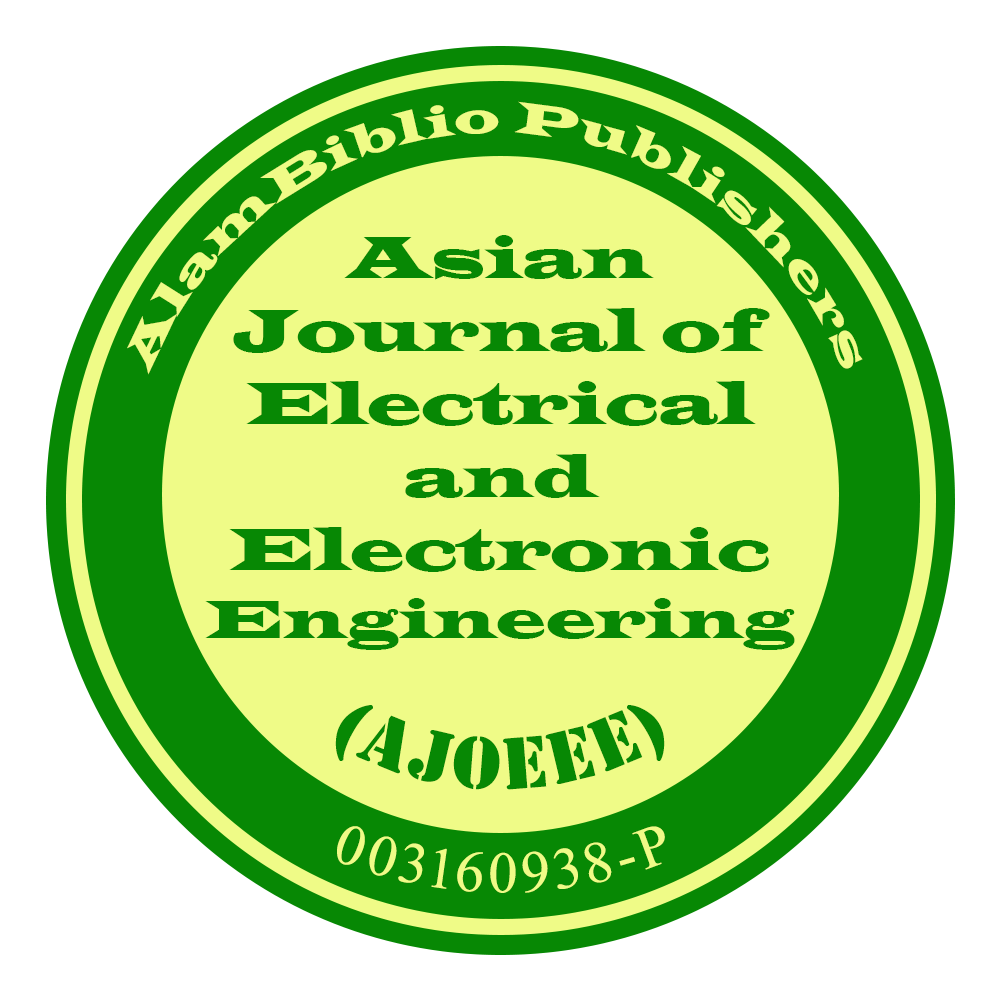| About |
| Editorial Team |
| Focus and scope |
| Publication Ethics |
| Copyright Notice |
| Review Process |
| Journal Fees |
| MAKE A SUBMISSION |
| SUBMISSION GUIDELINES |
|---|
| Author Guidelines |
| Reference Style |
| DOWNLOAD FORMS |
|---|
| Ethical Agreement Form |
| Journal Template |
| How to add/edit contributor authors |
| Response to Reviewer Form |
| How to use an online journal site |
| For Authors |
| For Reviewers |
| Register & Claim Reviewer Credits |
| MAKE A SUBMISSION |
All articles published open access will be immediately and permanently free for everyone to read, download, copy and distribute.

The Asian Journal of Electrical and Electronic Engineering journal is licensed under a Creative Commons Attribution-NonCommercial 4.0 International License.








